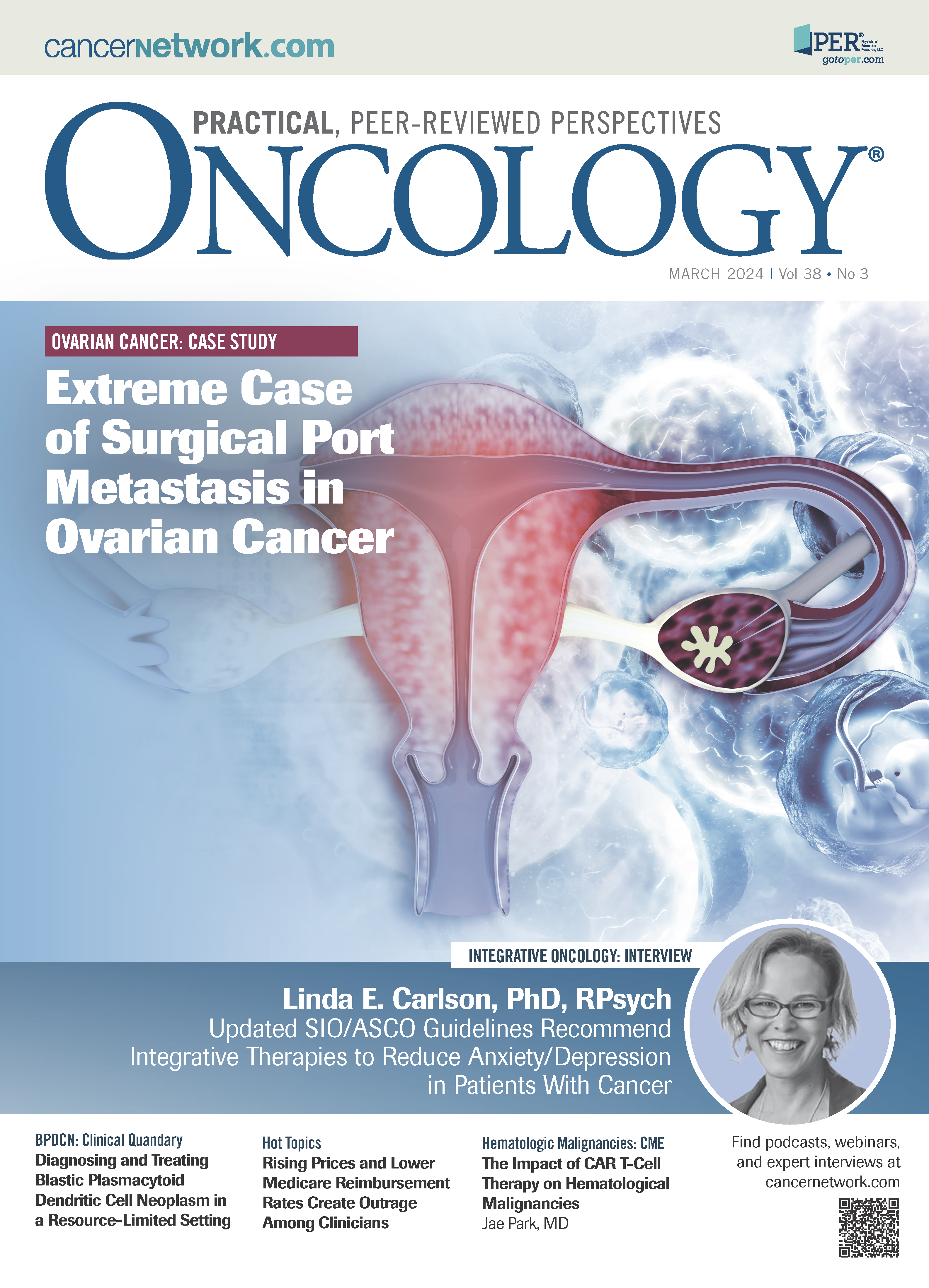Electronic Medical Records and Physicians: A Love-Hate Relationship
Julie M. Vose, MD, MBA, discusses the pros and cons of patients having early access to electronic medical records.
Julie M. Vose, MD, MBA, discusses the pros and cons of patients having early access to electronic medical records.

As the use of the electronic medical record (EMR) has greatly expanded over the past couple of decades, it has (partially) improved communication among health care professionals and allowed data to be available more reliably for test results and information. Despite these advantages, there are also several disadvantages and issues regarding the use of EMRs. With each institution or oncology practice having its own EMR, information does not easily flow among providers or systems. The 21st Century Cures Act of 2016 aimed to make access easier for patients and providers. However, the information available among different EMR systems is sometimes incomplete and displayed in a cryptic format that makes interpretation difficult. Studies have shown that clinicians spend as much as two-thirds of their time documenting in the EMR, which has been recognized as a major contributor to physician burnout.1
This is particularly true in the United States, where the clinical documentation requirement for billing is pervasive and mandatory for physicians to get paid for their expertise and time.2 The notes in the US are 3 to 5 times longer than in many other countries due to these differences in requirements for billing.3 These required statements often add to the length of the note without adding any information to help with the patient’s care. If clinicians were instead paid for documenting a small list of key elements in a standardized format, this would be a win-win situation for everyone.
Another aspect of EMRs is the ability of patients to access their notes and test results. In theory, this practice would allow patients to get information faster and decrease the number of phone calls from the health care providers to the patients. However, shared decision-making between health care providers and patients is not a new concept. As originally conceptualized by Charles et al, this practice would provide information exchange, deliberation, and negotiation about a health care or treatment decision.4 Patients’ right to access their records was codified under the Health Insurance Portability and Accountability Act of 1996. The passing of the Cures Act legislation aimed to make access easier and virtually unrestricted. To increase interoperability across EMR platforms, the Cures Act requires vendors and users to enable the development of computer and smartphone applications that give patients full access to their health care information. As of April 2021, the information blocking rule of the Cures Act dictates that 8 categories of clinical notes created in an EMR must be immediately available to patients through a secure online portal. These categories include physician notes, imaging, laboratory results, and pathology reports.
Like many things in life, there are advantages and disadvantages to the patients accessing EMRs. Patient portals can assist with appointments, educational content, and telehealth visits. The patients do need to have the equipment and technical ability to sign into the portal to take advantage of these services. However, test results often need interpretation by a medical professional, and with the patients receiving this information in a vacuum and not at the time of a medical visit, confusion and misinterpretation can occur. This can lead to stressful situations for some patients, particularly with pathology or radiology reports. Patient portals often contain an extensive list of questions and concerns directed to the health care team. With the number of queries increasing exponentially, many systems are warning patients that if there is an excessive number of portal messages, they may receive a charge for this service. Hopefully, with future improvements and upgrades, the details of the EMR can be improved to help more with patient care.
References
- 1. Johnson KB, Neuss MJ, Detmer DE. Electronic health records and clinician burnout: a story of three eras. J Am Med Inform Assoc. 2021;28(5):967-973. doi:10.1093/jamia/ocaa274
- 2. Holmgren AJ, Downing NL, Bates DW, et al. Assessment of electronic health record use between US and non-US health systems. JAMA Intern Med. 2021;181(2):251-259. doi:10.1001/jamainternmed.2020.7071
- 3. Downing NL, Bates DW, Longhurst CA. Physician burnout in the electronic health record era: are we ignoring the real cause? Ann Intern Med. 2018;169(1):50-51. doi:10.7326/M18-0139
- 4. Charles C, Gafni A, Whelan T. Shared decision-making in the medical encounter: what does it mean? (or it takes at least two to tango). Soc Sci Med. 1997;44(5):681-692. doi:10.1016/s0277-9536(96)00221-3
